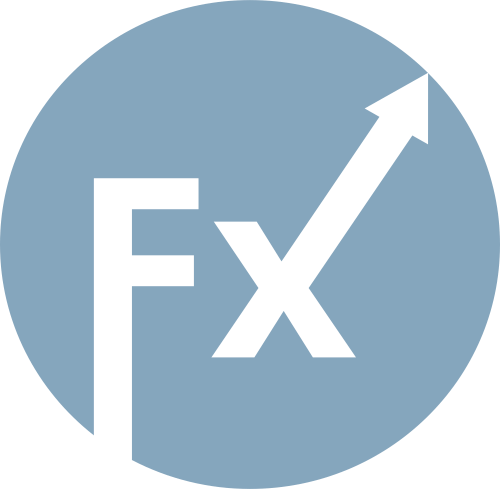Podle zdrojů obeznámených s touto záležitostí chce globální investiční společnost KKR údajně prodat svůj významný menšinový podíl ve filipínské fintech společnosti Maya. KKR, která v současné době vlastní více než 20 % společnosti Maya, pověřila společnost Goldman Sachs prodejem, který by mohl Mayu ocenit na více než 2 miliardy USD. Maya je univerzální peněžní aplikace, která nabízí digitální platební a bankovní služby, včetně plateb účtů, převodů peněz, spoření, investic a kryptoměn. Provozuje Maya Bank, nejlepší digitální banku na Filipínách s 5,4 milionu zákazníků. Společnost Maya nedávno získala 210 milionů dolarů na podporu svého digitálního bankovnictví a dalších služeb, což ji oceňuje na 1,4 miliardy dolarů. KKR původně investovala do společnosti Maya v roce 2018, což znamenalo její první investici soukromého kapitálu na Filipínách. Společnost Maya zaznamenala silný růst, jen v roce 2024 dosáhla zůstatků na vkladech ve výši 39 miliard filipínských pesos (665,87 milionu USD) a 68 miliard pesos ve vyplacených úvěrech.
Crude oil prices saw a sharp decline of over 10 dollars last week following the ceasefire agreement between Israel and Iran. Volatility persisted into Friday amid reports of increased production from OPEC+, keeping prices well below the recent high of approximately 81 dollars per barrel.
Starting June 23, hedge funds began aggressively offloading shares of energy companies across all major markets, according to a note Goldman Sachs sent to its clients on Friday. The sell-off was the largest in nearly a year and the second-largest in the past decade.
Shares of oil, gas, and energy equipment and service companies were among those most heavily impacted. The selling was widespread but most intense in North America and Europe. In Europe specifically, hedge funds significantly increased short positions while scaling back long bets—an indication they expect further price declines.
While short-selling activity has grown, the overall balance of positions in energy stocks remains tilted toward the long side. This suggests that market participants remain divided—some betting on further losses, others anticipating a rebound.
Goldman Sachs also pointed out that hedge fund gross leverage, a measure of total market exposure, is currently at its highest level in five years. Despite the widespread selling, the past week marked the largest round of equity purchases in five weeks, as funds selectively re-enter global markets in search of opportunity.
European stock markets opened the week on a positive note, buoyed by renewed optimism over global trade developments. As of 07:14 GMT, the pan-European STOXX 600 index was up 0.2 percent at 544.47 points, though it remains on track for a monthly decline. Other major regional indices also showed upward momentum.
Market participants showed growing interest in financial, technology, and industrial stocks, with these sectors seeing the most significant buying activity in recent sessions, according to analysts.
Last week, hopes for progress in US trade relations were reignited as tensions between the United States and China appeared to ease. Further optimism came after Canada announced on Sunday the withdrawal of its digital services tax, a move aimed at reviving stalled negotiations with the United States. In the UK, officials confirmed that a trade agreement reducing tariffs on British-made vehicles and aerospace components had officially taken effect. However, tariffs on steel and aluminum remain unresolved.
Among the standout performers were European defense stocks, which collectively rose by nearly 1 percent. Shares of STMicroelectronics climbed 2.6 percent after J.P. Morgan added the Franco-Italian chipmaker to its watchlist, citing a favorable outlook and upcoming positive catalysts.
Investors are also bracing for important inflation figures from Germany and Italy, expected later today. These data points could influence investor sentiment and central bank policy expectations in the days ahead.

QUICK LINKS